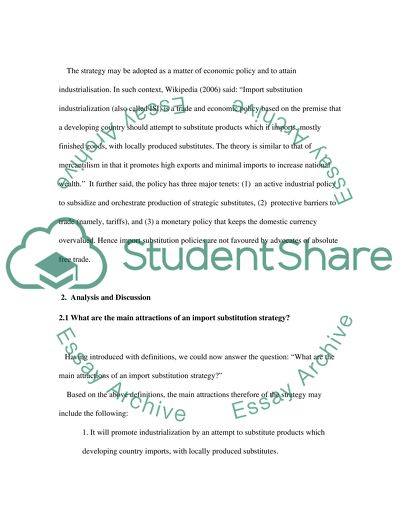Cite this document
(The Main Attractions of an Import Substitution Strategy Assignment, n.d.)
The Main Attractions of an Import Substitution Strategy Assignment. Retrieved from https://studentshare.org/macro-microeconomics/1537183-a-what-are-the-main-attractions-of-an-import-substitution-strategy-bhow-do-you-explain-that-several-developing-countries-have-not-suceeded-to-deepen-the-proc
The Main Attractions of an Import Substitution Strategy Assignment. Retrieved from https://studentshare.org/macro-microeconomics/1537183-a-what-are-the-main-attractions-of-an-import-substitution-strategy-bhow-do-you-explain-that-several-developing-countries-have-not-suceeded-to-deepen-the-proc
(The Main Attractions of an Import Substitution Strategy Assignment)
The Main Attractions of an Import Substitution Strategy Assignment. https://studentshare.org/macro-microeconomics/1537183-a-what-are-the-main-attractions-of-an-import-substitution-strategy-bhow-do-you-explain-that-several-developing-countries-have-not-suceeded-to-deepen-the-proc.
The Main Attractions of an Import Substitution Strategy Assignment. https://studentshare.org/macro-microeconomics/1537183-a-what-are-the-main-attractions-of-an-import-substitution-strategy-bhow-do-you-explain-that-several-developing-countries-have-not-suceeded-to-deepen-the-proc.
“The Main Attractions of an Import Substitution Strategy Assignment”. https://studentshare.org/macro-microeconomics/1537183-a-what-are-the-main-attractions-of-an-import-substitution-strategy-bhow-do-you-explain-that-several-developing-countries-have-not-suceeded-to-deepen-the-proc.


